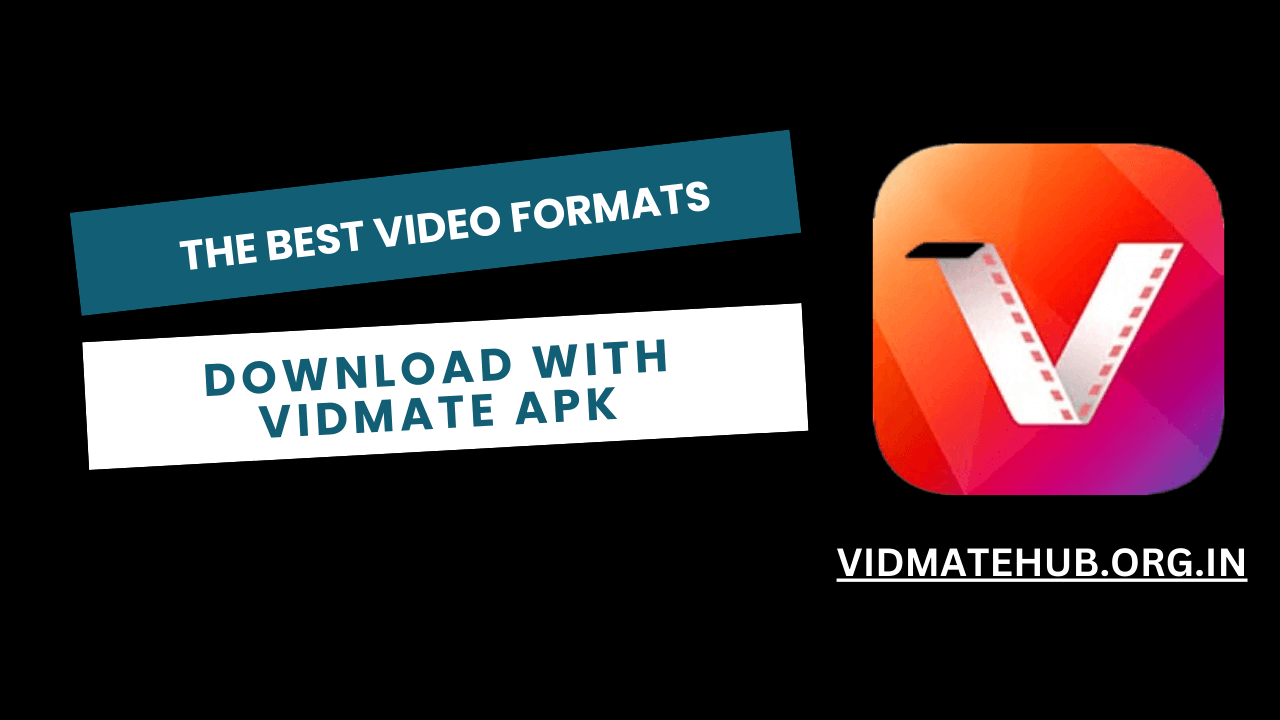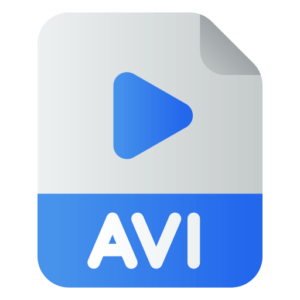In the era of digital content consumption, video formats play a crucial role in how we experience media. With VidMate APK, users have the flexibility to download videos in various formats, each with its unique advantages and use cases. This article will explore the best video formats available for download using VidMate, helping you make informed decisions based on your needs and preferences.
Understanding Video Formats
Before diving into specific formats, it’s essential to understand what a video format is. A video format refers to the way video data is encoded and stored. Different formats can affect the quality, file size, compatibility with devices, and overall usability of the video. When using VidMate APK, selecting the right format can enhance your viewing experience and ensure optimal performance on your device.
Popular Video Formats Supported by VidMate APK
1. MP4 (MPEG-4 Part 14)
MP4 is arguably the most popular video format today. It is widely supported across various devices and platforms, making it an excellent choice for downloading videos with VidMate.
Advantages:
- Compatibility: MP4 files can be played on almost all media players, smartphones, tablets, and computers.
- Compression: MP4 offers efficient compression without significant loss of quality. This means you can enjoy high-quality videos without consuming excessive storage space.
- Versatility: MP4 files can contain video, audio, subtitles, and still images, making them suitable for a wide range of applications.
When to Use MP4: If you’re looking for a format that balances quality and file size while ensuring compatibility across devices, MP4 is the way to go. It’s perfect for social media uploads and general playback.
2. MKV (Matroska Video)
MKV is an open-source container format that has gained popularity due to its flexibility and ability to support multiple audio tracks and subtitles in one file.
Advantages:
- High Quality: MKV files can store high-definition video without losing quality during compression.
- Multiple Tracks: You can include multiple audio tracks and subtitles, making it ideal for foreign films or videos with commentary.
- No Quality Loss: MKV supports lossless compression, meaning your video quality remains intact.
When to Use MKV: If you prioritize quality and want to include multiple audio tracks or subtitles in your videos, MKV is an excellent choice. It’s particularly useful for archiving movies or creating personal collections.
3. AVI (Audio Video Interleave)
AVI is one of the oldest video formats developed by Microsoft. While it offers excellent video quality, it tends to have larger file sizes compared to other formats.
Advantages:
- High Quality: AVI files provide superior audio and video quality.
- Compatibility with Windows: Being a Microsoft product, AVI works seamlessly on Windows systems.
Disadvantages:
- Large File Size: The high-quality output comes at the cost of larger file sizes, which may not be ideal for mobile devices with limited storage.
- Limited Support on Non-Windows Devices: Some devices may struggle to play AVI files without additional software.
When to Use AVI: Choose AVI if you’re working primarily on Windows devices and need high-quality videos for editing or playback on larger screens.
4. MOV (QuickTime Movie)
MOV is a format developed by Apple for use with QuickTime Player. It is known for its high-quality output but can result in larger file sizes.
Advantages:
- Excellent Quality: MOV files maintain high-quality audio and video.
- Editing-Friendly: MOV is often preferred in professional settings due to its ease of editing.
Disadvantages:
- Large File Size: Similar to AVI, MOV files can take up significant storage space.
- Limited Compatibility Outside Apple Ecosystem: While many devices support MOV, it’s primarily optimized for Apple products.
When to Use MOV: If you are an Apple user or involved in professional video editing where quality is paramount, MOV is an ideal choice.
5. WMV (Windows Media Video)
WMV is another Microsoft-developed format designed specifically for Windows users. It offers good quality but typically results in larger file sizes compared to MP4.
Advantages:
- Optimized for Windows: WMV works well with Windows Media Player and other Microsoft software.
- Smaller File Size Compared to Other Formats at Similar Quality Levels: While still large, WMV files can be more manageable than other high-quality formats.
Disadvantages:
- Limited Compatibility on Non-Windows Devices: Users on Mac or Linux systems may face challenges playing WMV files without additional software.
When to Use WMV: If you primarily use Windows devices and need a format that integrates well with Microsoft products, WMV is a solid option.
6. WEBM
WEBM is an open-source format designed specifically for web use. It provides a good balance between quality and file size while being optimized for online streaming.
Advantages:
- Efficient Compression: WEBM files are smaller in size compared to other formats while maintaining decent quality.
- Web Compatibility: This format is ideal for embedding videos on websites due to its fast loading times.
Disadvantages:
- Limited Device Support: While supported by most modern browsers, WEBM may not be compatible with all media players or devices.
When to Use WEBM: If you’re downloading videos primarily for online use or embedding them on websites, WEBM is an excellent choice due to its efficiency.
7. FLV (Flash Video)
FLV was once the standard format for streaming videos over the internet but has become less common due to the decline of Flash technology.
Advantages:
- Small File Size for Streaming Purposes: FLV files are lightweight and load quickly over slow internet connections.
Disadvantages:
- Limited Compatibility Today: As Flash has been phased out, many browsers no longer support FLV playback natively.
When to Use FLV: FLV might still be relevant if you’re dealing with legacy content or specific applications that require this format. However, it’s generally advisable to choose more modern formats like MP4 or WEBM.
Choosing the Right Format
When deciding which video format to download using VidMate APK, consider the following factors:
- Purpose of the Video: Are you downloading it for personal viewing, social media sharing, or professional use? Different scenarios may require different formats.
- Device Compatibility: Ensure that the chosen format plays well on your intended device(s). For example, MP4 is universally compatible across most platforms.
- Quality vs. File Size: Determine whether you prioritize high-quality playback or if you need to conserve storage space on your device.
- Editing Needs: If you plan on editing the video later, consider using formats like MOV or MKV that allow greater flexibility in editing software.
Conclusion
VidMate APK offers users a versatile platform for downloading videos in various formats tailored to their needs. Understanding the strengths and weaknesses of each format—MP4, MKV, AVI, MOV, WMV, WEBM, and FLV—will empower you to make informed choices when downloading content. By selecting the right format based on your intended use case and device compatibility, you can enhance your viewing experience while optimizing storage usage.
As digital content continues to evolve, staying informed about video formats will ensure that you make the most out of your media consumption experience with VidMate APK.






